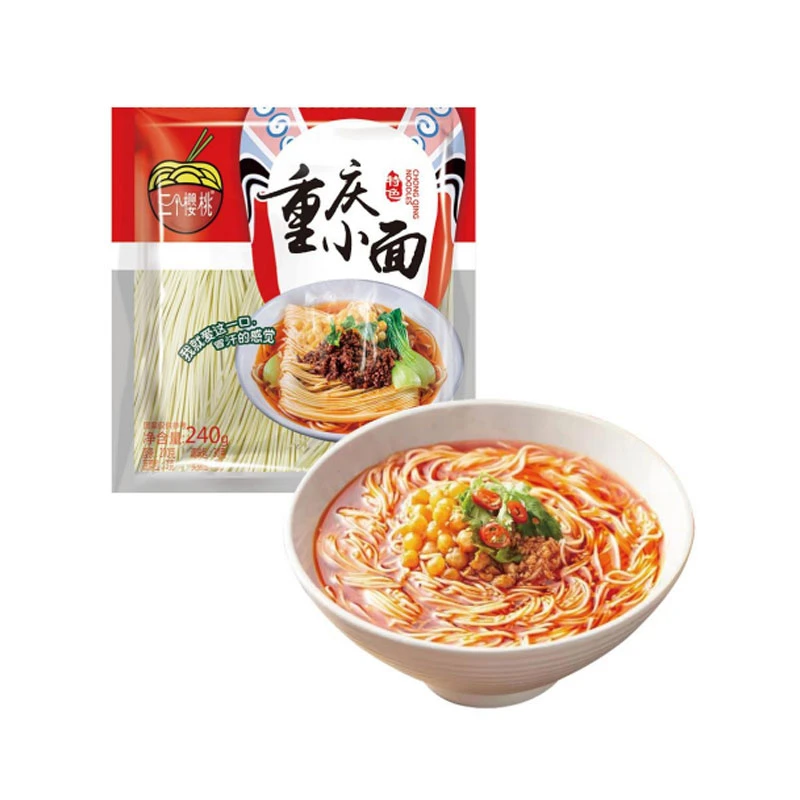is whole wheat pasta really better for you
Is Whole Wheat Pasta Really Better for You?
In recent years, health-conscious consumers have increasingly turned to whole wheat pasta as a healthier alternative to traditional pasta made from refined white flour. With the rise of whole foods and increased awareness of nutritional benefits, many people wonder if whole wheat pasta is indeed a superior choice for their diets. Let’s explore the nutritional differences, health benefits, and potential drawbacks of whole wheat pasta compared to its white counterpart.
Whole wheat pasta is made from durum wheat that includes the entire grain, allowing for a higher fiber content compared to refined pasta. The refining process strips away the bran and germ, which contain essential nutrients, leaving behind primarily the starchy endosperm. This is why whole wheat pasta generally contains more dietary fiber, important for maintaining digestive health, regulating blood sugar levels, and improving satiety. A standard serving of whole wheat pasta provides around 6 grams of fiber, while regular white pasta typically offers only about 2 grams.
The increased fiber in whole wheat pasta can contribute to various health benefits. Research indicates that a high-fiber diet may lower the risk of heart disease, Type 2 diabetes, and certain cancers. Fiber also plays a key role in weight management, as it promotes a feeling of fullness, making it easier to control portion sizes and calorie intake. Individuals looking to lose or maintain weight may find whole wheat pasta a helpful addition to their meals.
Moreover, whole wheat pasta is richer in several essential nutrients such as B vitamins, magnesium, and iron. These nutrients are crucial for energy metabolism, muscle function, and overall health. For instance, magnesium aids in muscle relaxation and maintaining a healthy heart, while B vitamins support the body’s energy levels and red blood cell production. The higher concentration of these nutrients in whole wheat pasta makes it a more nutritious choice for those keen on maintaining a balanced diet.
is whole wheat pasta really better for you

However, while whole wheat pasta offers many benefits, it’s important to consider individual dietary needs and preferences. Some people may find the taste and texture of whole wheat pasta less appealing than that of traditional pasta. Whole wheat varieties have a nuttier flavor and denser texture, which may not be suitable for all dishes. In some cases, this can deter individuals from making the switch entirely. In such situations, gradually incorporating whole wheat pasta into meals or blending it with regular pasta might be a solution to ease the transition.
Furthermore, for those who follow a gluten-free diet or have gluten sensitivities, whole wheat pasta is not an option. Gluten, a protein found in wheat, can trigger adverse reactions in people with celiac disease or non-celiac gluten sensitivity. For these individuals, exploring alternatives such as rice, quinoa, or lentil pasta may provide a suitable substitute without compromising their dietary restrictions.
Another consideration is the impact of portion sizes and accompanying ingredients. Pasta dishes can become unhealthy when smothered in heavy sauces, cheeses, or high-calorie toppings. Even whole wheat pasta can contribute to weight gain if consumed in excessive amounts or paired with unhealthy ingredients. It’s essential to maintain a balanced approach to meals by incorporating plenty of vegetables, lean proteins, and healthy fats to maximize nutritional benefits.
In conclusion, whole wheat pasta generally offers a more nutritious option than traditional white pasta, primarily due to its higher fiber content and greater concentration of essential vitamins and minerals. This makes it a beneficial choice for those aiming to enhance their dietary intake and improve overall health. However, personal preferences, dietary restrictions, and balance in meal preparation should also be taken into account. Ultimately, the best pasta choice is one that aligns with your health goals while satisfying your taste buds. Whether it’s whole wheat or another option, the key lies in moderation and mindful eating to create a nutritious and enjoyable dining experience.
-
Unleash Your Inner Chef with Delectable Italian Pasta CreationsNewsAug.01,2025
-
Savor Health and Flavor: Irresistible Soba Noodles for Sale Await!NewsAug.01,2025
-
Nourish Your Body with Premium Organic Ramen - A Culinary Delight AwaitsNewsAug.01,2025
-
Elevate Your Dishes with Our Exquisite Kinds of Egg NoodlesNewsAug.01,2025
-
Dive into Flavorful Convenience with Our Ramen OfferingsNewsAug.01,2025
-
Discover Exquisite Types of Naengmyeon and Chilled Soba NoodlesNewsAug.01,2025
-
Is Whole Wheat Pasta Healthy?NewsMay.30,2025
Browse qua the following product new the we

















































































































